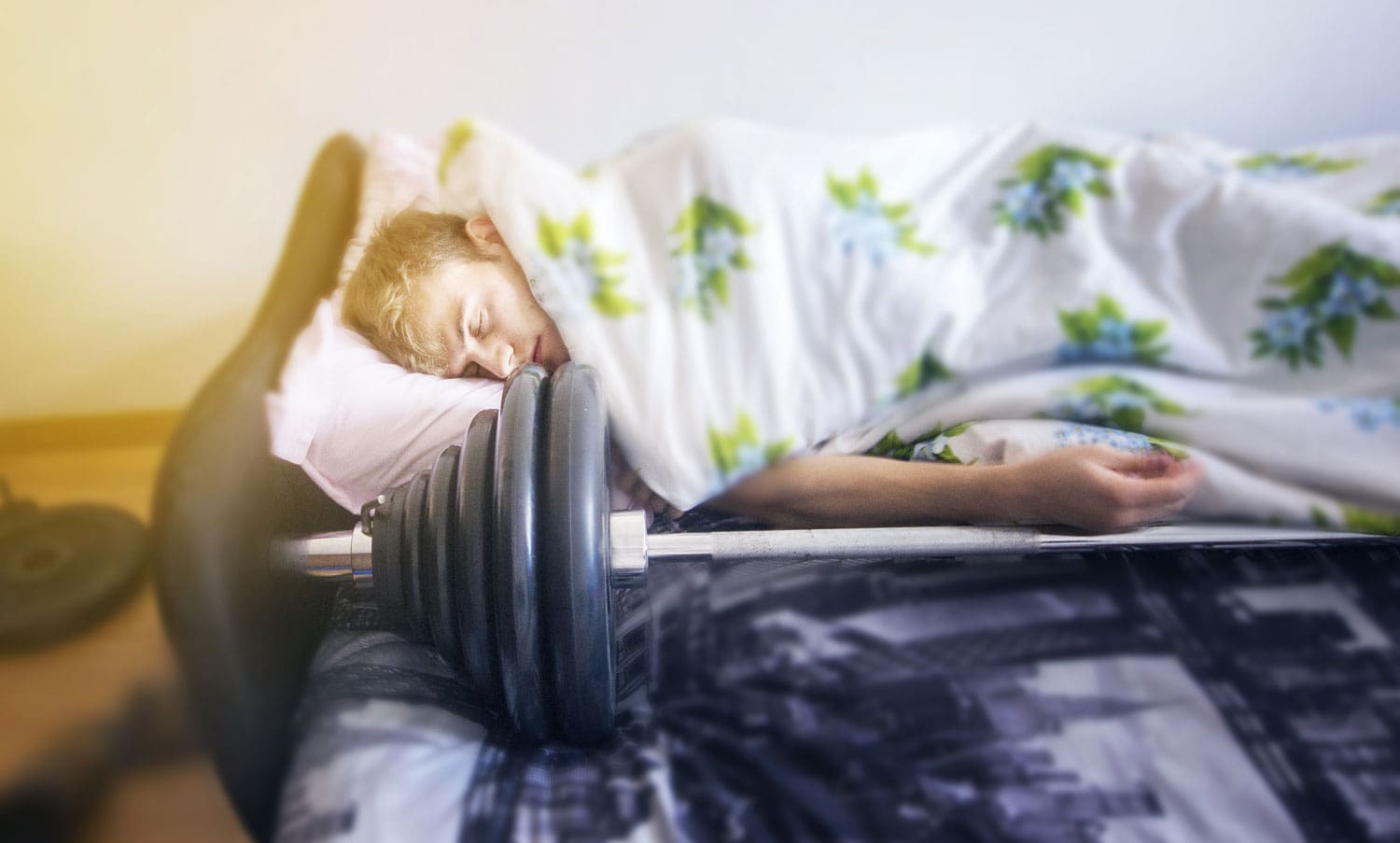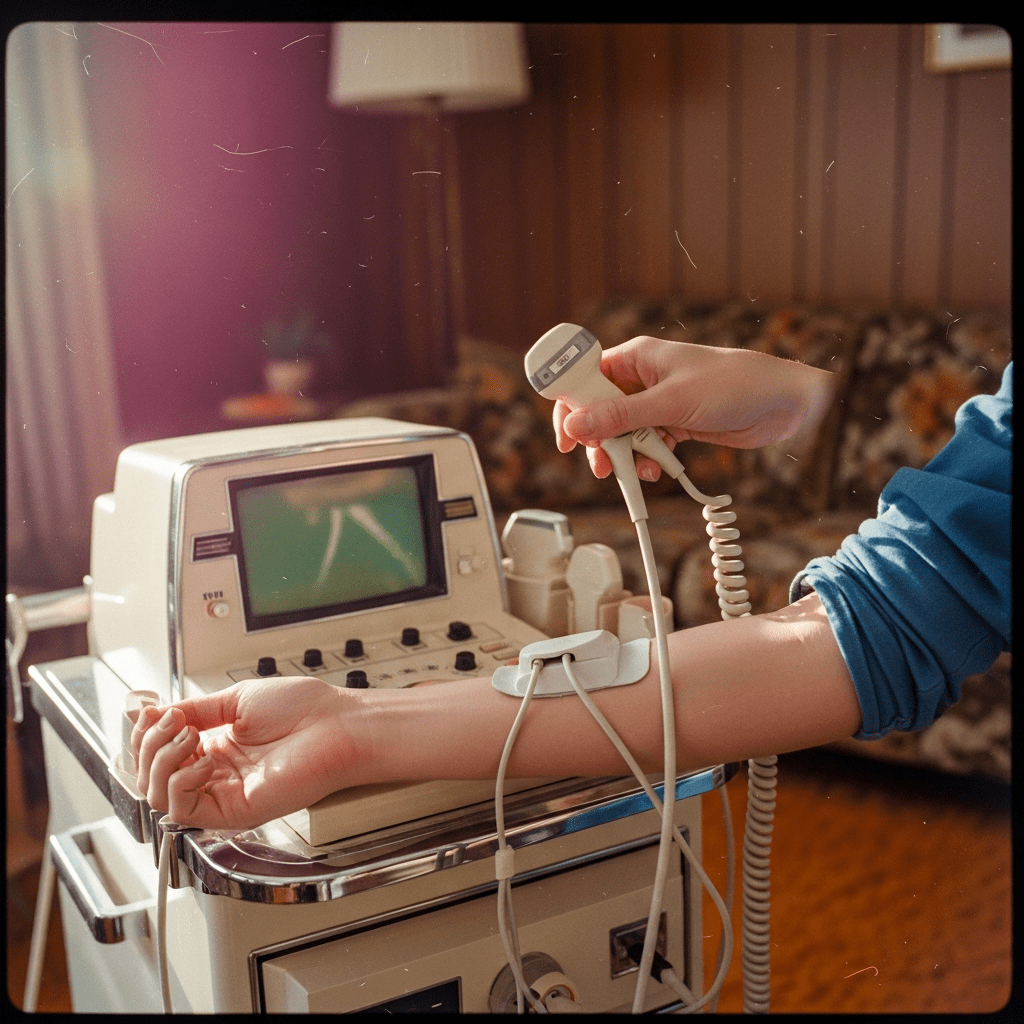By Olivia Tran
Strength training is a form of resistance training used to build strength through repeated muscle contractions. There are many methods to strength train that include exercises involving body weight or equipment found in the gym. For strength training, there’s no need to lift heavy weights or use fancy equipment. Weight machines, barbells, and dumbbells are just a few basic tools to get started. The American Heart Association recommends that individuals strength train at least two to three times a week for 30 minutes to obtain significant health benefits. Ultimately, strength training is used to build muscle mass and improve endurance and strength. In addition, it can also be used to maintain and/or increase bone density, increase metabolism, and balance. Strength training can be performed at any fitness level, but it may be an essential part of recovery for those who have cancer and undergo cancer treatments.
Muscle Mass
During cancer treatment, patients often lose muscle mass because they are much less active. When muscles are relaxed and not being used, the rebuilding process slows, and they begin to atrophy. Some cancer treatments might also cause their muscles to become weaker. By strength training, patients can build stronger muscles which make their Activities of Daily Living (ADLs) much easier to perform. According to the American Institute for Cancer Research, cancer patients should “…aim for 150 minutes of moderate physical activity per week- being able to talk but not sing while exercising, or 75 minutes of vigorous physical activity per week- not being able to talk while exercising.” Whether at home or in the gym, both body weight and free weight exercises are great options to build muscle strength and size.
Bone Density
Bone density tests are an easy way to test bone health by determining the amount of bone mineral content in a patient’s bones. It is important for cancer patients to be aware that bone density tests can show the development of osteoporosis, a disease that makes bones weak. This is a common condition because of many cancer medications. According to the author of Bone Density from MedlinePlus, “…eating foods rich in calcium and Vitamin-D and doing weight- bearing exercise such as walking, tennis, or dancing” may help slow bone loss. Furthermore, implementing balance exercises into a workout routine may help to increase bone density and reduce the risk of fractures, falls, and other injuries.
Metabolism
Performing resistance training exercises helps to increase metabolism by stimulating muscle tissues and promoting an increase in lean body mass. As patients gain muscle, their bodies can burn calories more easily, making it easier to control their weight while gaining strength. Cancer cells require more energy than normal cells, so it is important for patients with cancer to consume balanced meals with high quality protein. Some examples of these foods include poultry, seafood, lean meats, and legumes. Eating a 3:1 carb to protein ratio is essential for muscle repair, growth, and restoring energy reserves after exercise. Without the proper nutrition, patients can lose weight which may lead to significant muscle loss.
Joint Flexibility
Joint flexibility should be an important part of a patient’s daily life. It is commonly referred to as the Range Of Motion (ROM) in a joint. Flexibility helps improve posture, promote efficient movement, and maintain proper muscle length and balance. In some instances, maintaining joint flexibility can even reduce arthritis and joint pain caused by inflammation. Without appropriate ROM, muscles would fatigue more quickly which may lead to injuries. According to the authors of Mobility Impairments in 2021, “problems with limb weakness and loss, gait disturbance, imbalance and other problems affecting normal walking are common in 25% – 35% of cancer patients.” To prevent this from happening, static and dynamic stretches should be performed before and after exercise to improve flexibility and performance.
Balance
Balance exercises can help patients regain function and mobility after surgery and associated treatments. In 2017, a Cancer Exercise Specialist, stated in Balance Exercises After Cancer Treatment blog that “balance exercises can counter some of the effects of muscle imbalances and body asymmetry after surgery.” An example of this is neuropathy, a common side effect of chemotherapy that damages nerves and causes feet to feel numb. This makes it difficult to maintain balance and can jeopardize safety. Performing balance exercises will not only increase lower body strength, but it will help reduce falls and injuries, especially as people age.
Conclusion
Strength and resistance training is an important component of a patient’s overall health and fitness. It allows the body to burn more energy while at rest and keep the metabolism elevated. Over time, a patient’s body fat percentage will naturally increase with age while lean muscle continues to diminish. It is important for patients with cancer to strength train to preserve and enhance muscle mass throughout their treatment. It will also improve endurance and make it easier for individuals to carry out ADLs.
References
American Medical Society For Sports Medicine. (n. d.). Flexibility: Sports Medicine today. FLEXIBILITY | Sports Medicine Today. Retrieved December 2, 2021, from https://www.sportsmedtoday.com/flexibility-va-247. htm.
Hummel MS, A. , Hummel, A. , Ms, & *, N. (2020, July 6). Maintaining muscle strength after a cancer diagnosis. American Institute for Cancer Research. Retrieved December 2, 2021, from https://www.aicr.org/news/maintaining- muscle- strength- after – a – cancer -diagnosis/.
Mobility impairments. Cancer and Work. (n.d.). Retrieved December 2, 2021, from https://www.cancerandwork.ca/healthcare-providers/cancers- impact -on -work /effects -mobility/.
U.S. National Library of Medicine. (2021, November 2). Bone density | bone mineral density | BMD. Medline Plus. Retrieved December 2, 2021, from https://medlineplus.gov/bonedensity.html.
9, F. (2017, October 23). Balance exercises after cancer treatment. Cancer.Net. Retrieved December 2, 2021, from https://www.cancer.net/blog/2016-02/ balance- exercises – after- cancer – treatment.





































